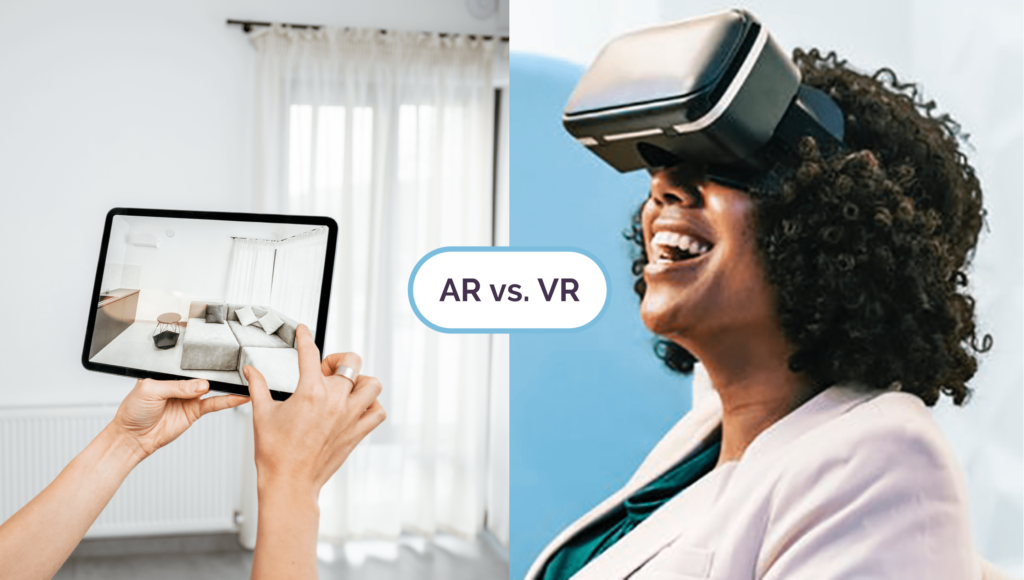
In recent years, technology has propelled us into a new era of immersive experiences, reshaping the way we interact with the digital world. Augmented Reality (AR) and Virtual Reality (VR) have emerged as transformative technologies, revolutionizing industries and enhancing user engagement. This article serves as a comprehensive guide to understanding the intricacies of AR and VR, exploring their applications, and shedding light on the future possibilities.
1. Defining Augmented Reality and Virtual Reality:
AR and VR represent two distinct realms within the immersive technology spectrum. AR overlays digital information onto the real world, enhancing the user’s perception of their surroundings. VR, on the other hand, creates a completely artificial environment, immersing users in a simulated reality.
2. Applications Across Industries:
2.1. Gaming and Entertainment: AR and VR have revolutionized the gaming and entertainment industries, providing users with unparalleled immersive experiences. From interactive AR games to VR simulations, these technologies have taken entertainment to new heights.
2.2. Education and Training: In the realm of education, AR and VR have transformed traditional learning methods. Virtual classrooms, interactive simulations, and AR-enhanced textbooks provide students with engaging and dynamic learning experiences. In the field of training, VR simulations are used to prepare professionals for real-world scenarios in a risk-free environment.
2.3. Healthcare: AR and VR play a crucial role in healthcare, from surgical simulations and medical training to patient treatment and therapy. Virtual Reality therapy is gaining traction as a non-invasive method to treat various mental health conditions.
3. SEO for AR and VR:
3.1. Keyword Optimization: Crafting content with relevant keywords is essential for SEO success. Understand the terminology associated with AR and VR, including terms like “augmented reality applications,” “virtual reality experiences,” and industry-specific keywords.
3.2. Quality Content Creation: Produce high-quality, informative content that caters to the needs of your target audience. Create articles, blog posts, and guides that explore the latest trends, applications, and advancements in AR and VR.
3.3. Multimedia Integration: Leverage multimedia elements such as images, infographics, and videos to enhance your content. Showcase the visual appeal of AR and VR experiences to captivate your audience and improve SEO rankings.
3.4. User Engagement: Encourage user engagement through comments, shares, and social media interactions. Google’s algorithms consider user engagement as a factor for ranking, so foster a sense of community around your AR and VR content.
4. Future Prospects:
The future of AR and VR looks promising, with ongoing advancements in hardware, software, and content development. As these technologies become more accessible, their integration into everyday life is inevitable. Businesses that embrace AR and VR stand to gain a competitive edge in terms of customer engagement and innovation.
Conclusion:
Augmented Reality and Virtual Reality are reshaping the way we perceive and interact with the digital world. As these technologies continue to evolve, staying informed and optimizing content for SEO will be crucial for businesses and content creators aiming to capitalize on the transformative potential of AR and VR. Embrace the future of immersive experiences, and unlock new possibilities in the digital landscape.